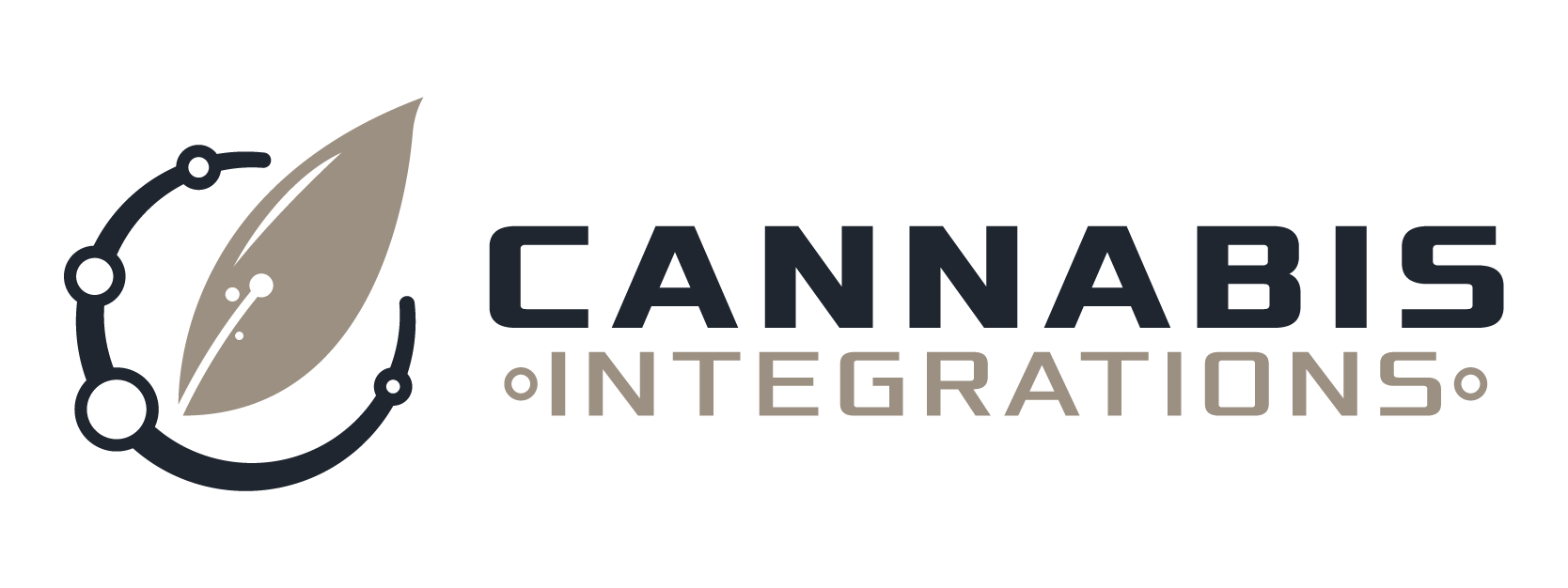In the world of legal cannabis, compliance isn’t just important—it’s mandatory. With state regulations tightening and oversight increasing, dispensaries, cultivators, and manufacturers need to stay one step ahead. That’s where Metrc (Marijuana Enforcement Tracking Reporting Compliance) comes into play. As the industry’s most widely adopted seed-to-sale tracking system, Metrc ensures product integrity and regulatory compliance across the supply chain. But for many operators, integrating Metrc into daily operations can be a challenge—unless done right.
What is Metrc?
Metrc is a cloud-based track-and-trace software used to monitor the cultivation, manufacturing, testing, distribution, and sale of cannabis products. Mandated by dozens of U.S. states, including California, Florida, and Michigan, it uses RFID tags and unique identifiers to track cannabis products at every stage of their lifecycle.
For cannabis businesses, integrating Metrc means more than uploading data—it involves syncing every part of the operation with real-time compliance reporting to state regulators.
Why Integration Matters
Manual entry into Metrc is time-consuming, error-prone, and often the root of compliance issues that lead to fines or operational delays. Seamless integration with your existing POS system, inventory management software, or cultivation platform streamlines this process, reducing human error and freeing staff to focus on sales, service, or cultivation.
When integrated correctly, Metrc acts less like a regulatory burden and more like a business ally—providing clarity, reducing risk, and improving product traceability for both operators and regulators.
Key Benefits of Seamless Metrc Integration
- Real-Time Compliance:
With a direct API connection, dispensaries and producers can report inventory changes, product transfers, and sales instantly—eliminating the need for after-the-fact reporting. - Inventory Accuracy:
Integrated systems ensure inventory levels match what’s reported to the state, helping businesses avoid costly audits or shutdowns. - Labor Efficiency:
Automated data syncing minimizes redundant tasks, letting employees focus on operations rather than compliance paperwork. - Better Insights:
With streamlined reporting, businesses can gain insights into product flow, shrinkage, or inefficiencies, enabling smarter decisions and better forecasting.
How to Simplify Your Integration
Here are steps cannabis businesses can take to integrate Metrc with minimal stress:
- Choose Metrc-Certified Partners:
Opt for cannabis POS and inventory software providers that are certified Metrc integrators. Platforms like Dutchie POS, Treez, Blaze, and Flourish have proven success in linking with Metrc systems. - Assign a Compliance Lead:
Designate a team member to oversee the Metrc setup, training, and daily compliance audits. This person acts as the point of contact for troubleshooting and communication with state regulators. - Train Your Team:
Make sure all staff—especially those handling inventory or product labeling—understand how Metrc works and how it’s tied to your software. - Regularly Audit Data:
Run weekly or daily reconciliations between your POS/inventory system and Metrc to catch issues before they become violations. - Leverage Support Tools:
Use middleware tools or automation platforms that enhance integration, like Backbone or Distru, for supply chain and compliance management.
Final Thoughts
Metrc may seem intimidating at first glance, but with the right tools and strategies, it becomes a powerful asset rather than a compliance headache. Seamless integration ensures cannabis businesses operate smoothly, transparently, and within regulatory guidelines—laying a strong foundation for long-term success in a fast-evolving industry.
Compliance doesn’t have to be complicated. With the right integration, Metrc really can be made simple.
